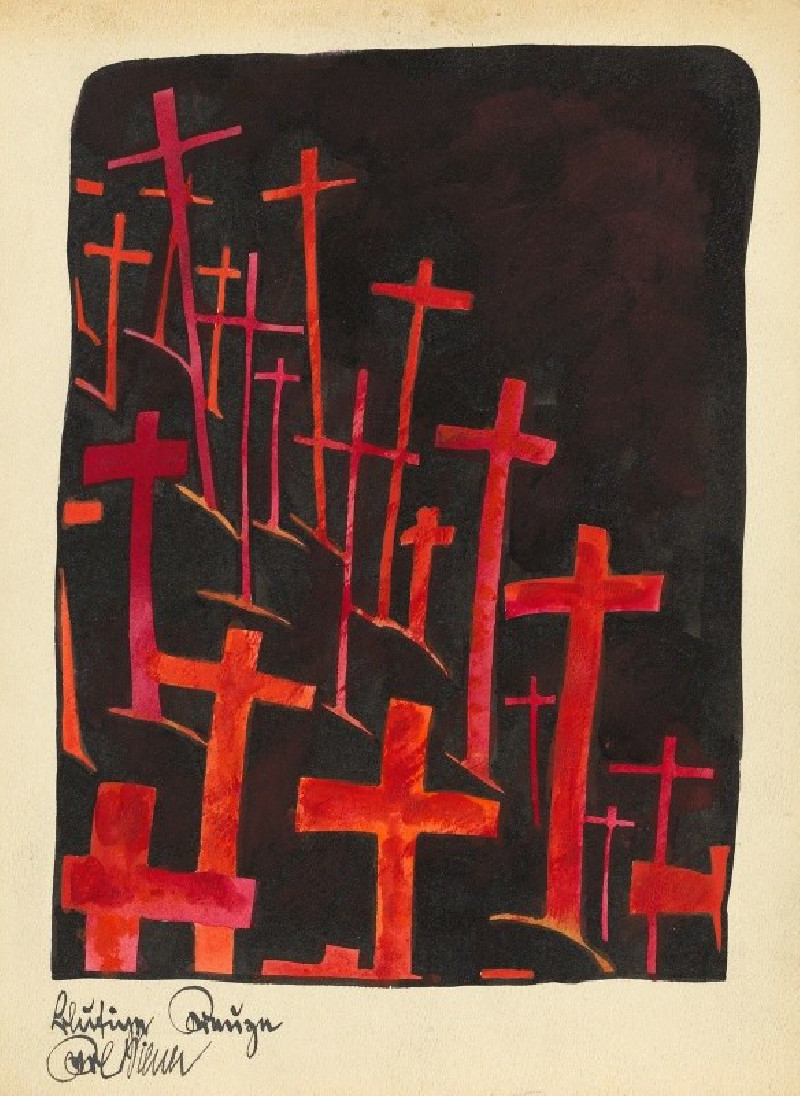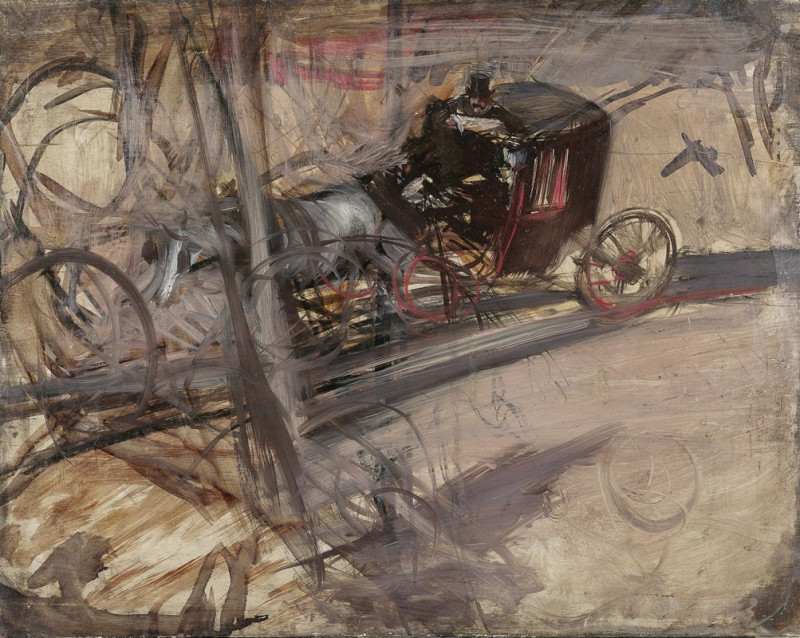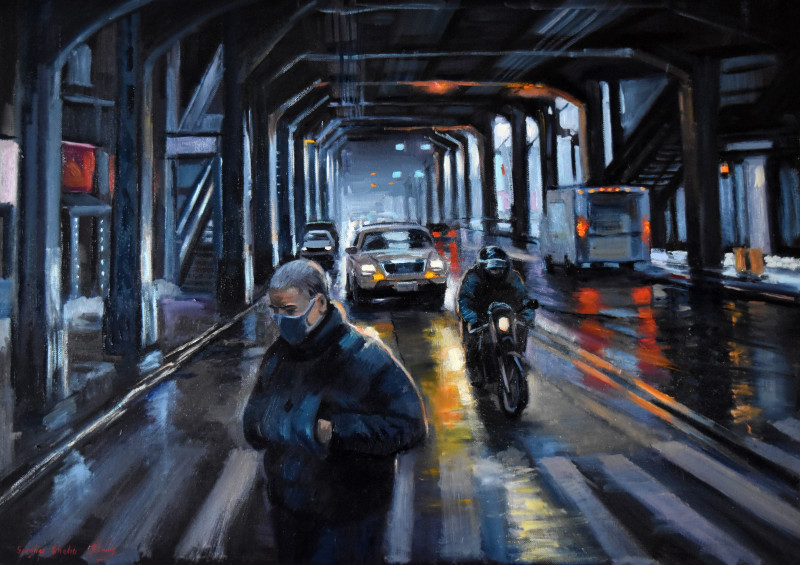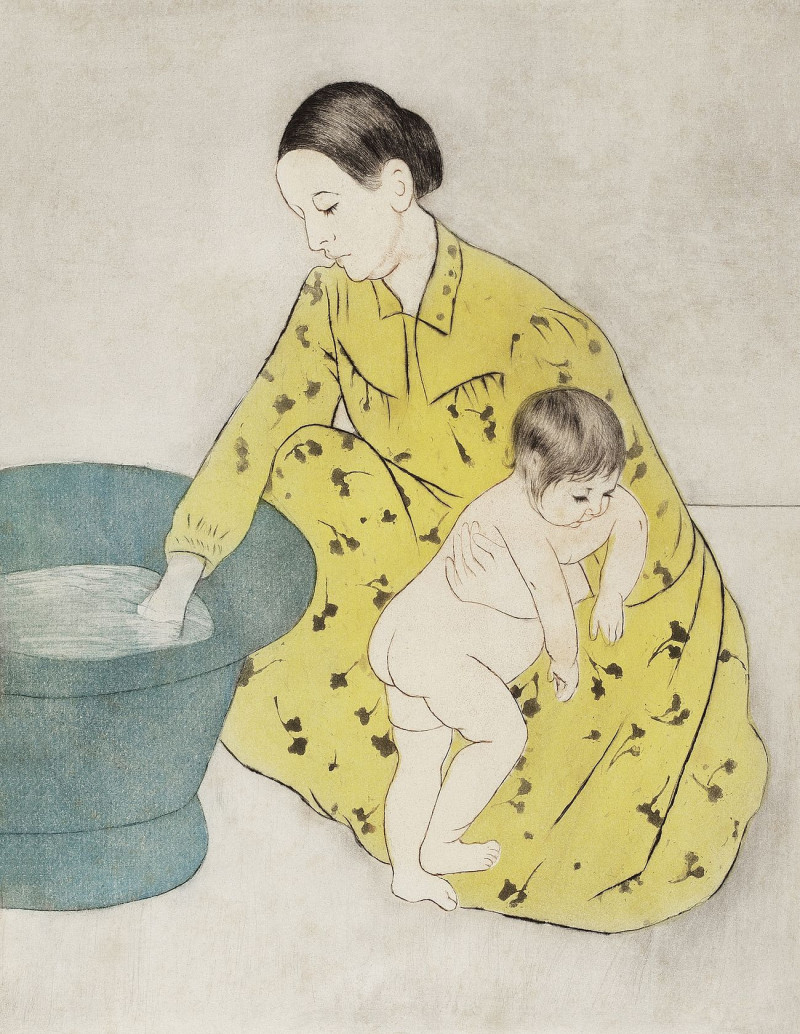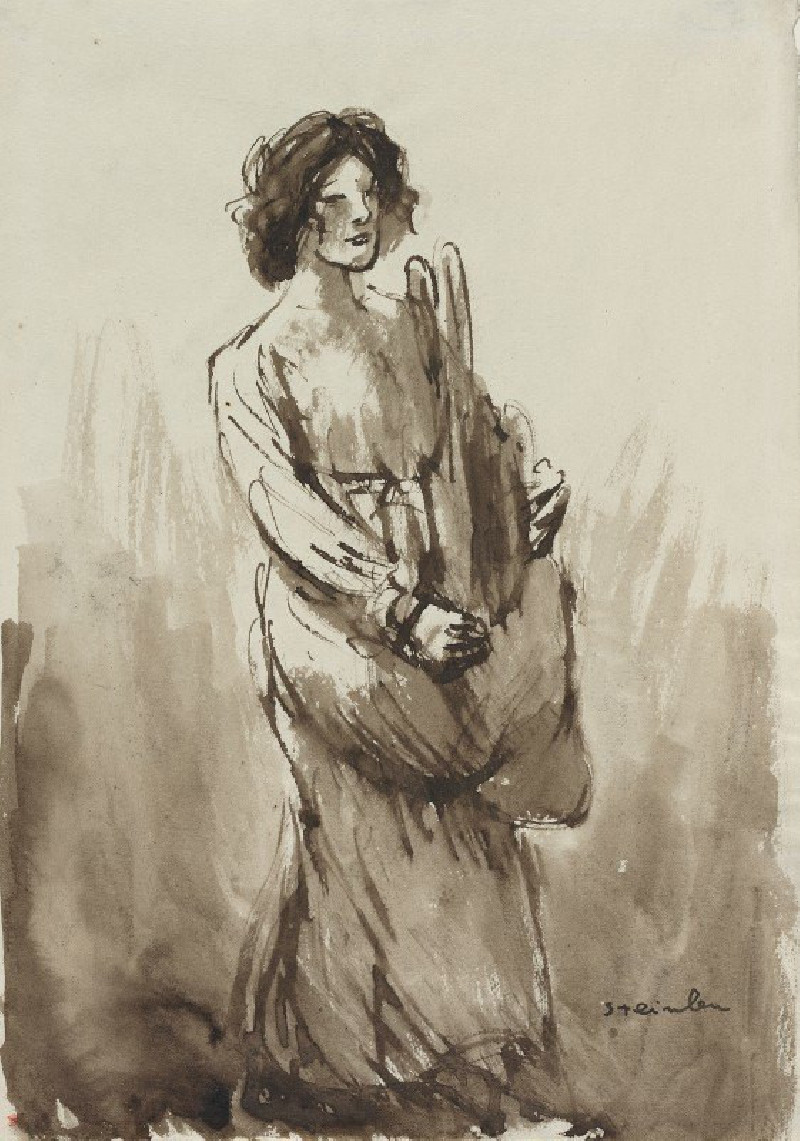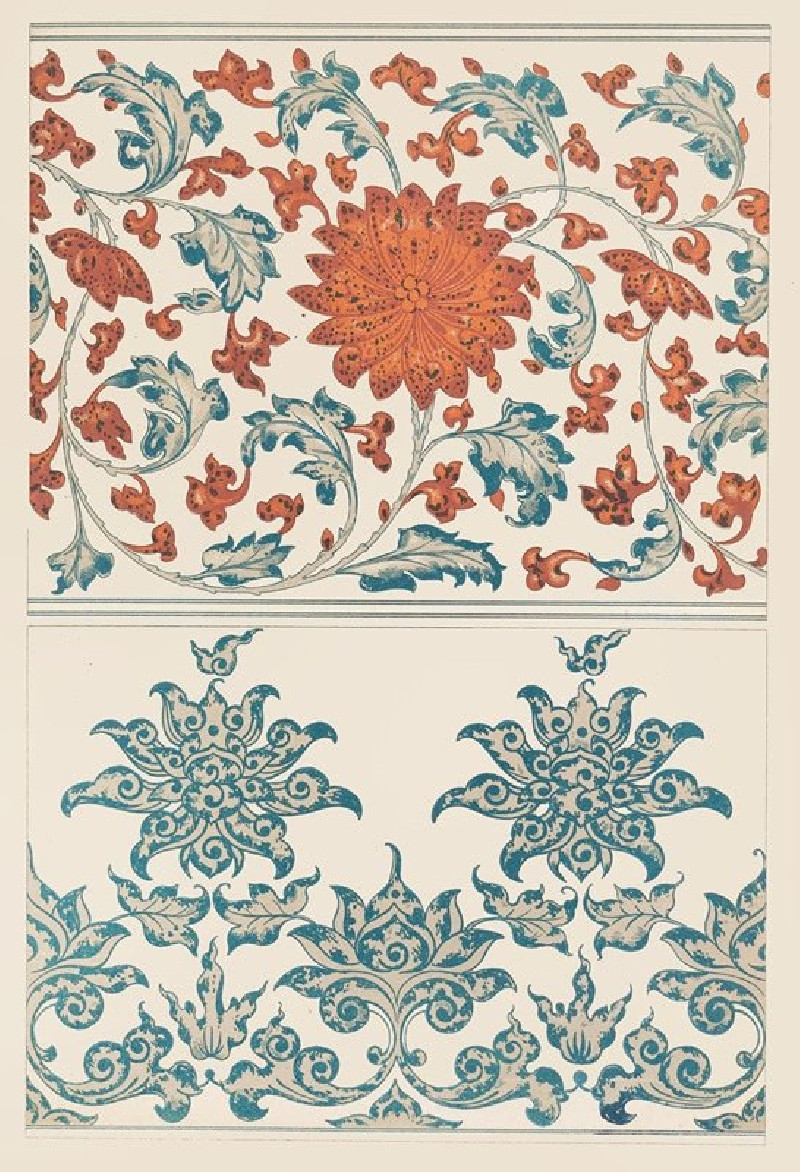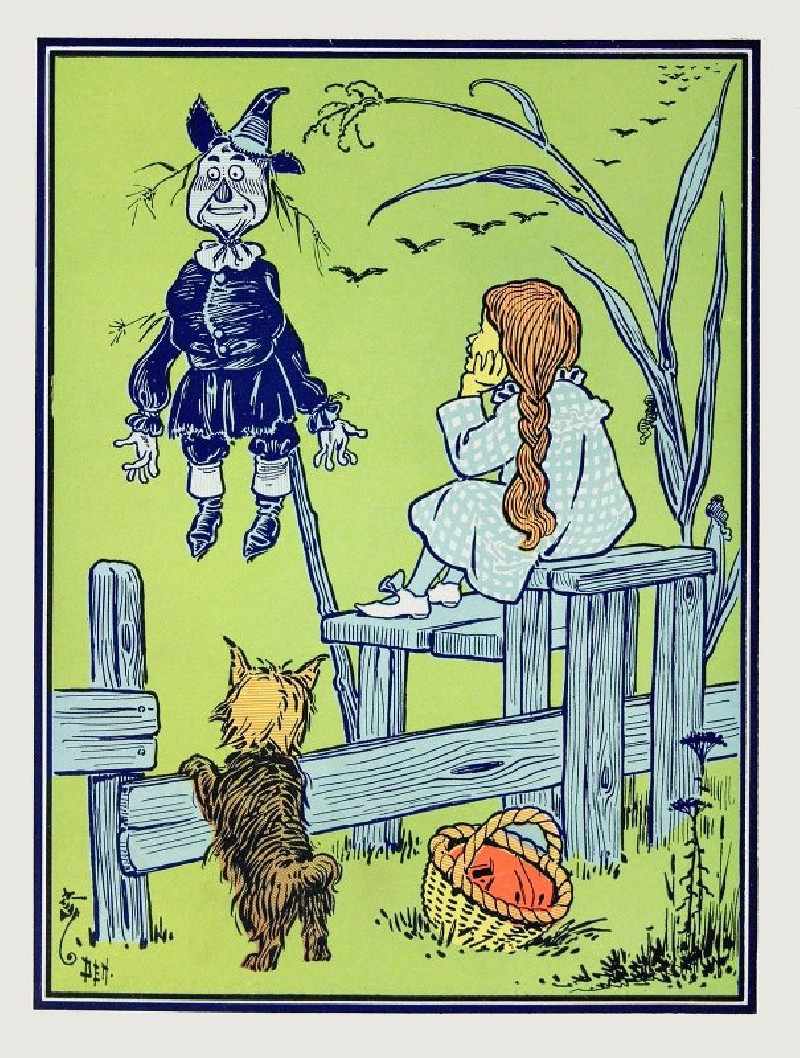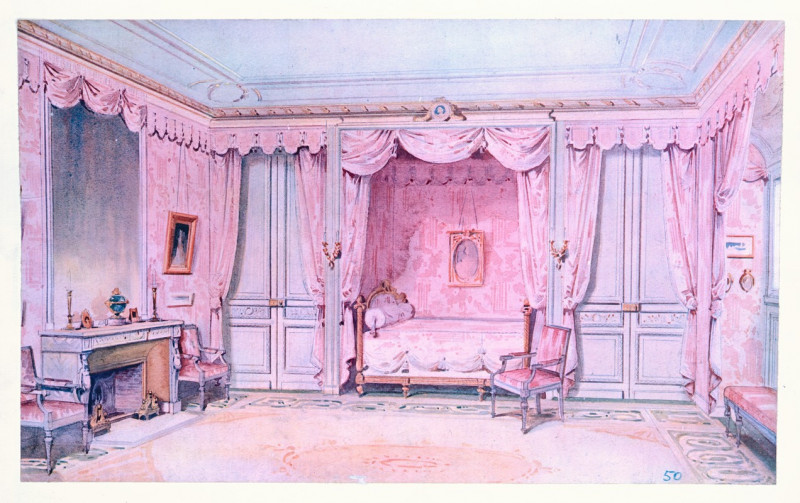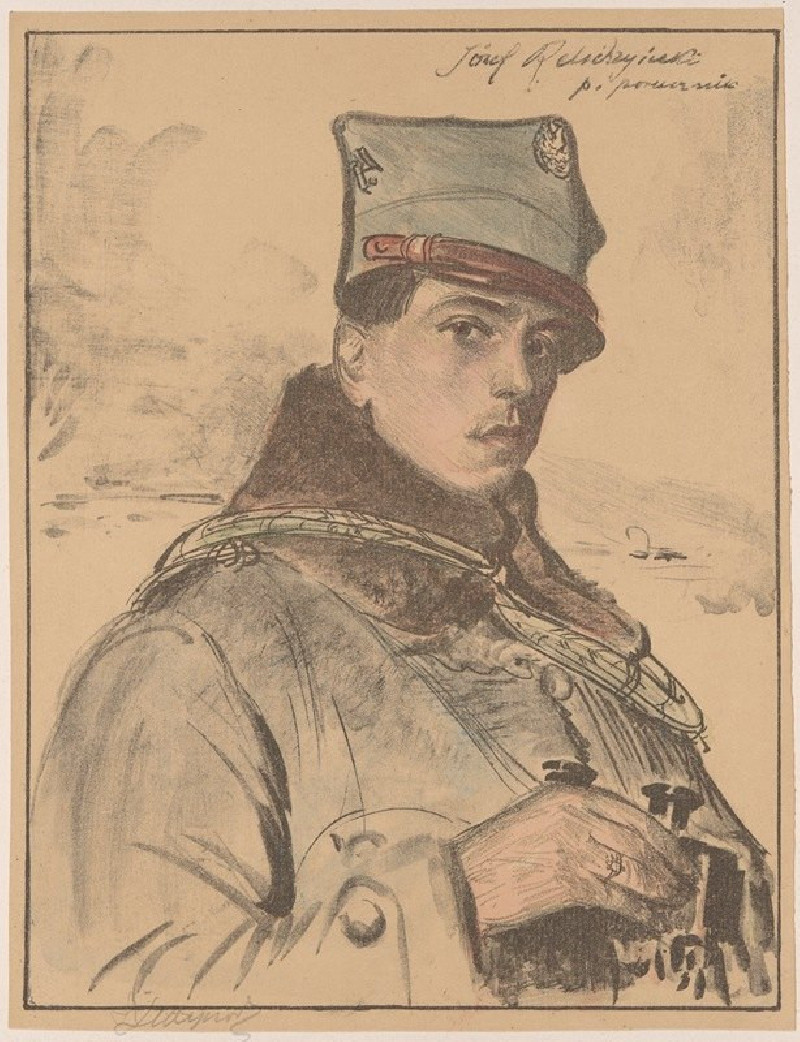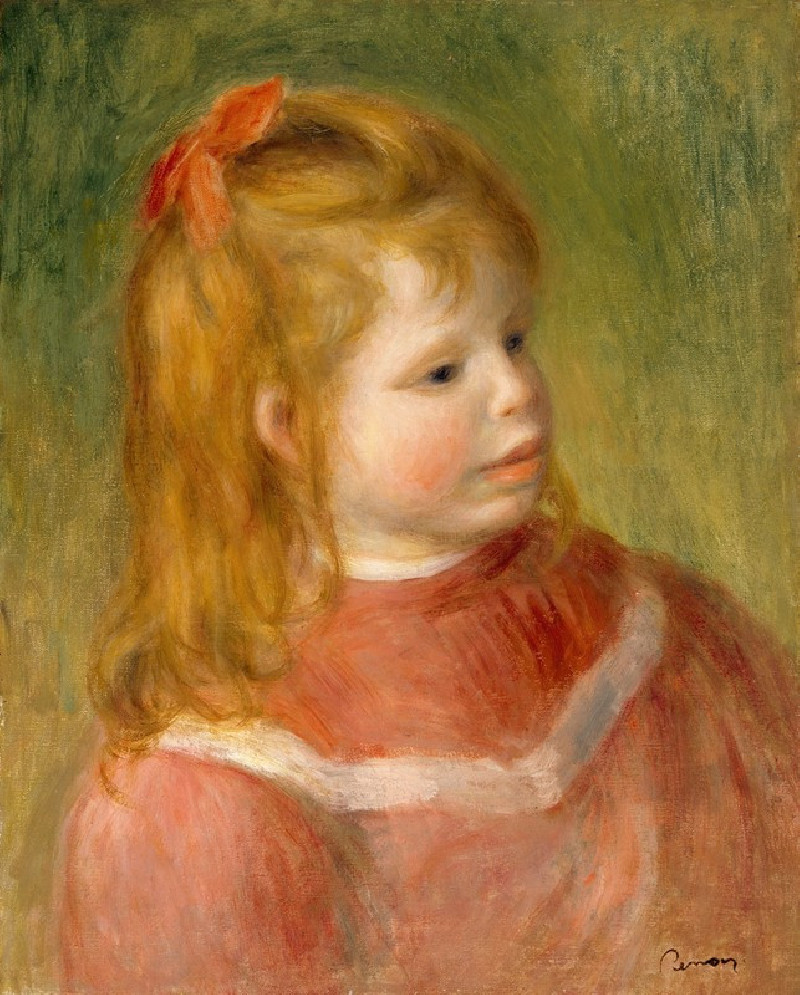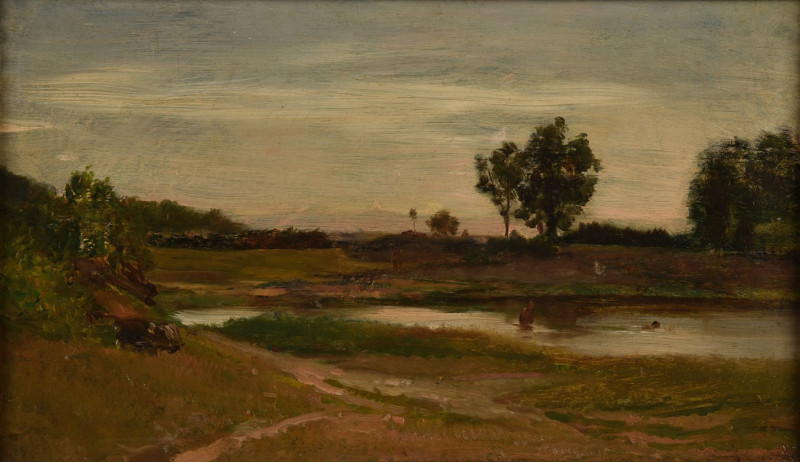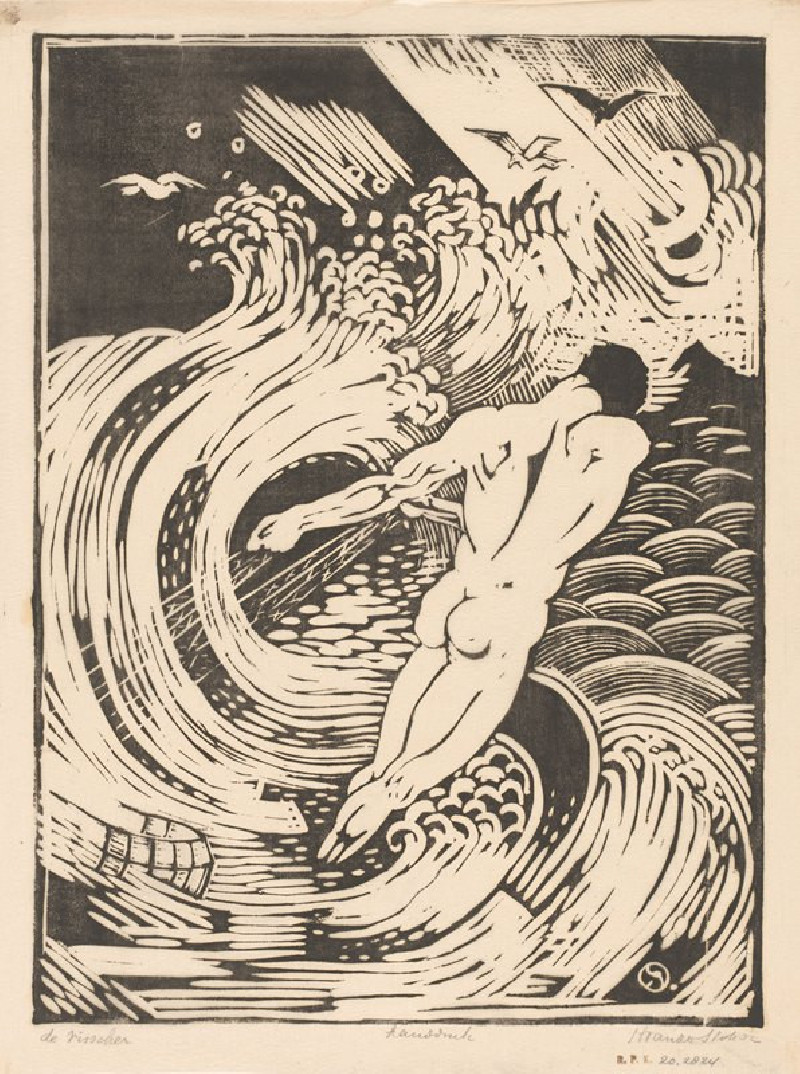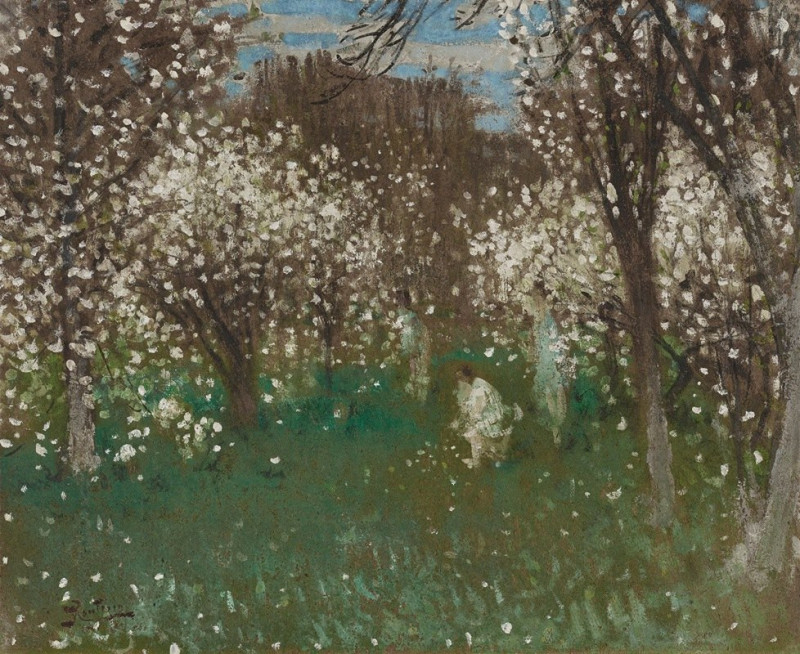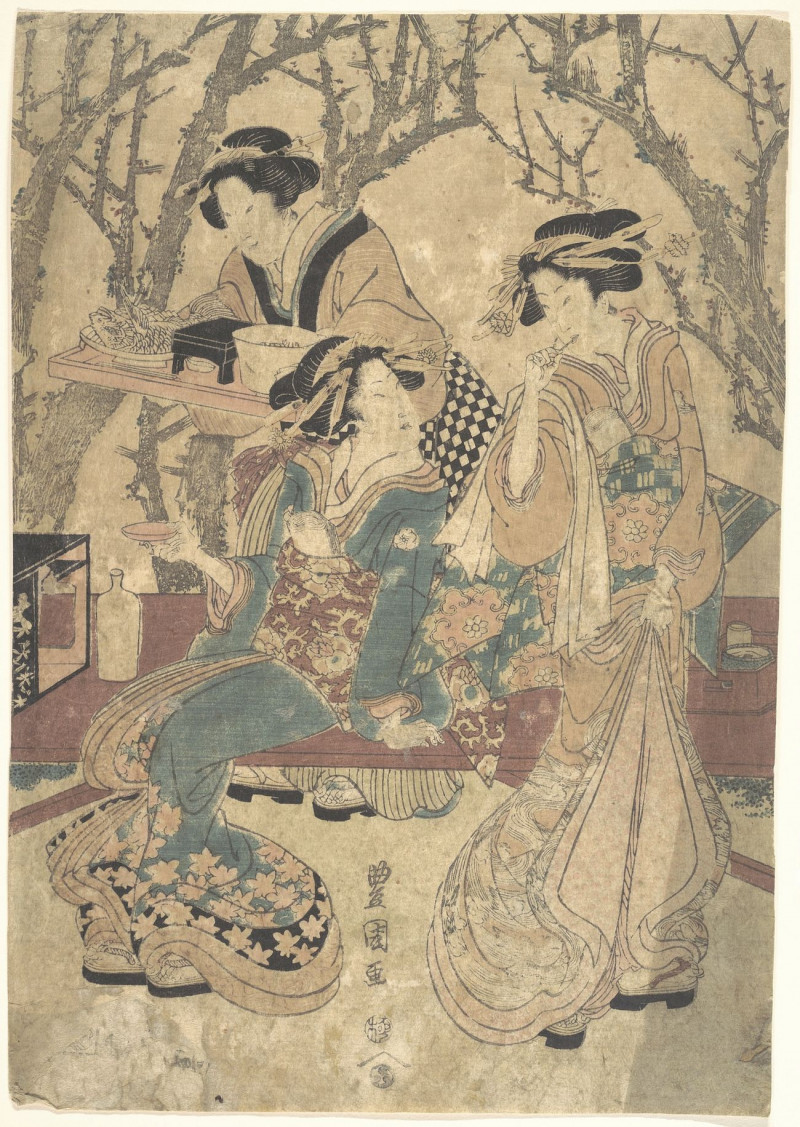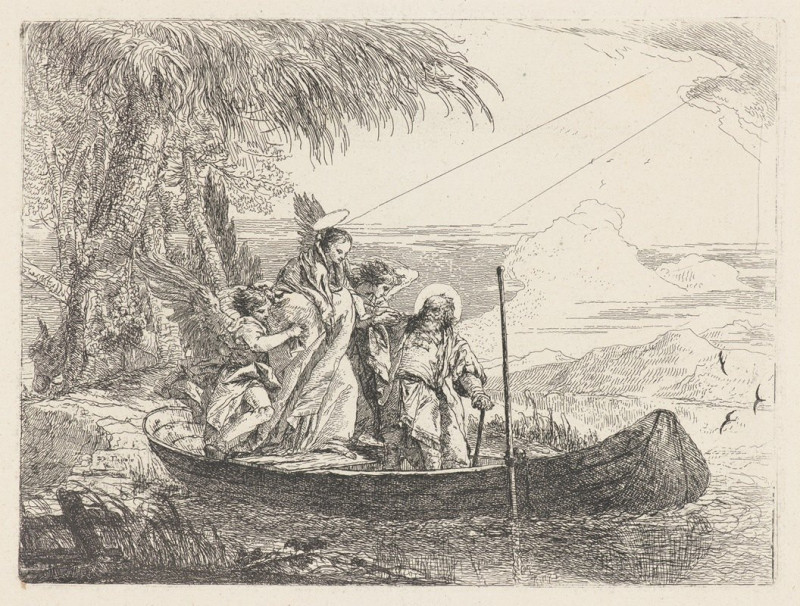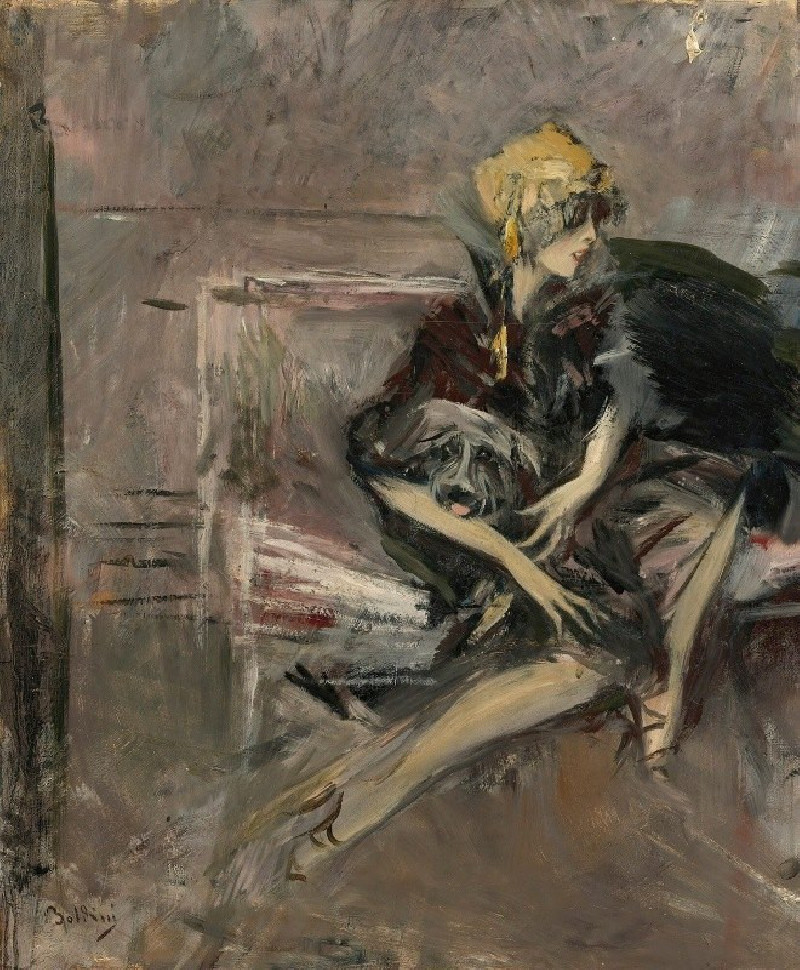Blutige Kräuze (around 1923)
Technique: Giclée quality print
Recommended by our customers
More about this artwork
"Blutige Kräuze," a compelling artwork by Karl Wiener dating back to around 1923, draws viewers into a somber and evocative visual experience. This painting captures a haunting landscape dominated by a series of crosses painted in a stark contrast of fiery red against a deep, almost abyssal black background. The crosses, varying in size and form, clutter the canvas, creating an intense sense of overcrowdedness and disorder.The use of red in this painting can be interpreted as symbolic of blood, pain, and suffering, while the overwhelming darkness suggests despair and perhaps the absence of hope. The simplistic yet bold style in which Wiener renders the crosses might hint at a personal or collective tragedy, resonating with themes of martyrdom or remembrance."Blutige Kräuze" remains a powerful evocation of emotion, pushing the boundaries of expressionism during its time. It speaks to the disruption, trauma, and perhaps the aftermath of conflict, which could be reflective of the social and political challenges of Wiener's era. This painting not only invites interpretation but also encapsulates the intensity of human emotions connected to sacrifice and loss.

